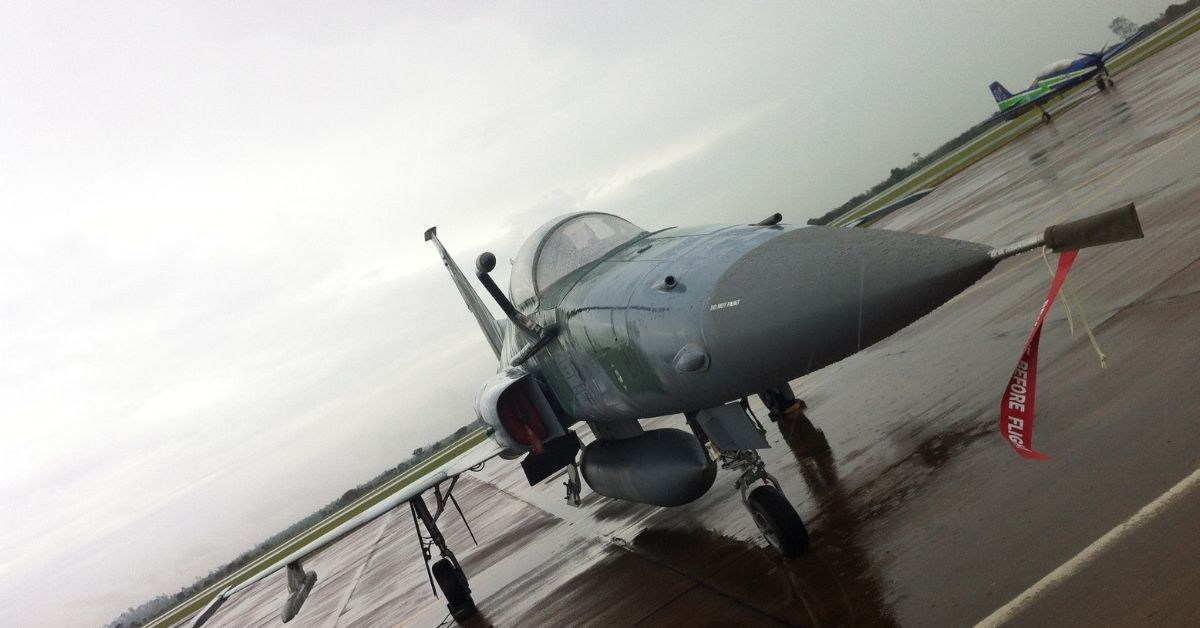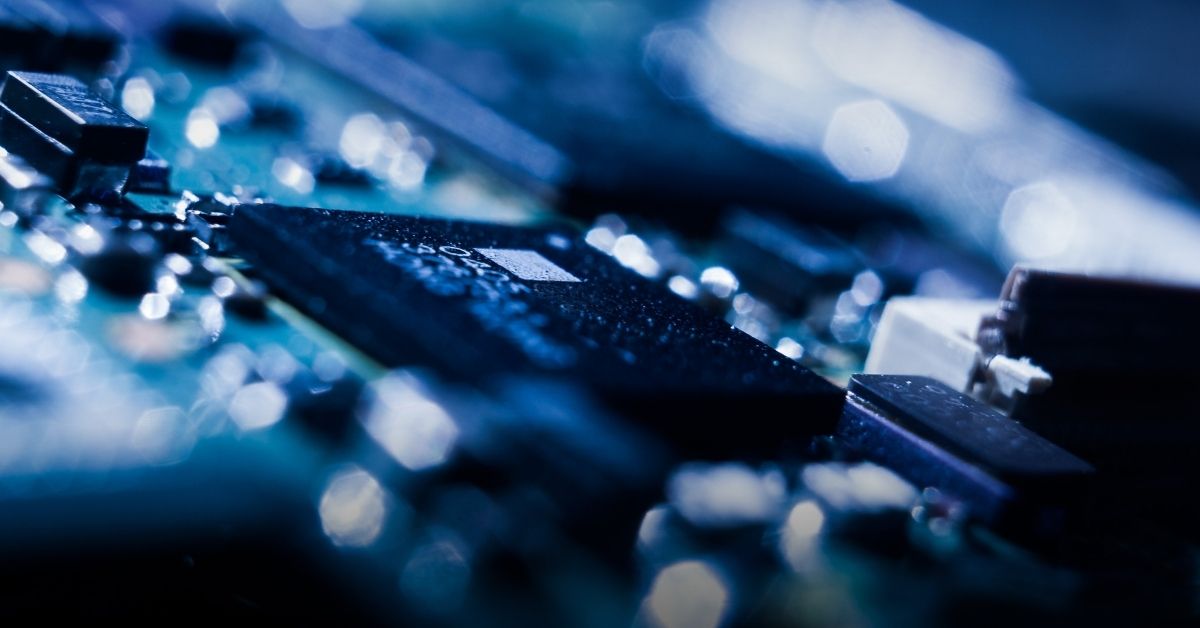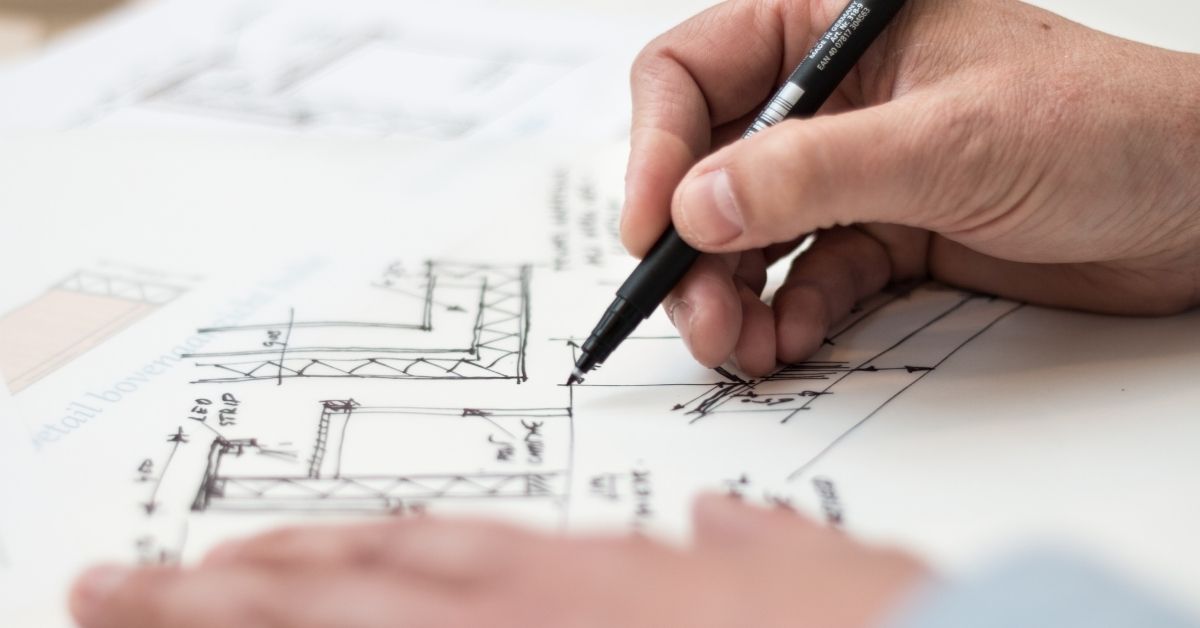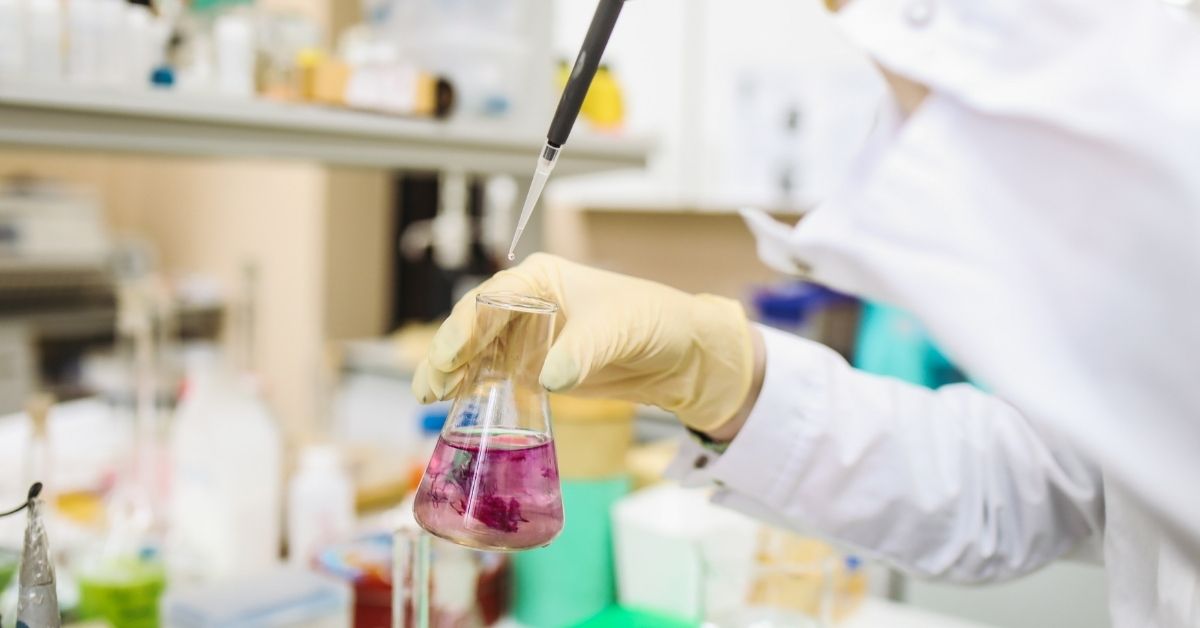Aeronautical Engineering – Understanding Air-Flowing Systems
Aeronautical engineering is one of the many fields of study in the aerospace field. It combines aerospace science with aviation technology, to create systems that help control and monitor the flight conditions of aircraft. The main areas of emphasis in this field are flight control, aircraft structural design and dynamics, and materials science. This engineering branch also includes aerospace technology, which studies the uses of space in modern aircraft. Many aerospace engineers have a background in military or commercial aviation.
Aeronautical engineering is the main area of engineering focused on the design of spacecraft and aircraft. It normally has two broad and interconnected branches: astronautical and aeronautical engineering. Astronautical engineering deals mainly with the systems of flight, and the interactions between the flight system and its environment. It includes everything from flight control to hypergolic compressors. Aeronautical engineers also design various flight suits such as the visor, helmets, pressure suits, and other protective gear.
In contrast, most of the focus in aeronautical engineering centers around spacecraft. Spacecrafts, such as capsules, are designed primarily for research rather than passenger use. They often have very complex systems that must be tested and adjusted in extreme environments. Astronauts wear spacesuits to protect themselves from the vacuum of space and to insulate their bodies from the heat of re-entry.
Mechanics is part of the discipline of aeronautical engineering, as well. Mechanics designs build and assemble the various parts of an aircraft. They test them and check their functionality in-flight conditions. Mechanics must also build the various controls and other important components of an aircraft. One of the most famous examples of a mechanic working in this field is engineer Jim Pickton, who designed and built the first prototype for the United States Air Force’s first satellite, Friendship 7.
Although many of the tasks performed by modern mechanics can also be performed in outer space, most aerospace engineers work in support of a human mission to the stars. They must demonstrate the ability to build and maintain equipment that will withstand the extreme temperatures it will experience and the radiation it will be exposed to.
Mechanics must also demonstrate the ability to analyze data and determine solutions to complex problems. This process, known as software testing, plays an integral part in the design of future spacecraft and vehicles. The ultimate success of a vehicle launching into space is not only guaranteed by its ability to function correctly within its designated environment, but also its ability to function within a prescribed range of temperature and pressure.
Mechanics must also have excellent interpersonal skills. If a problem occurs during flight, the team needs to be able to quickly solve it. Communication is a key element in rocket science since the engineers need to talk to flight crew members to give them instructions or provide feedback on their performance. Failure to communicate could prove fatal to the entire mission. Teamwork and camaraderie are what make aerospace engineering so much fun!
The advances in technology and materials used in the construction of commercial and military aircraft result in significant advances in how they fly and function. In order to protect these technologies from malfunction, engineers must be able to inspect and repair systems when needed. This is just as important for protecting the crews of these vehicles, who must also be able to rely on the knowledge and skills of the aerospace engineering team to solve any problems that may arise during flight.
Aeronautical Engineering deals specifically with the design and development of flight vehicles and spacecraft. The emphasis of this field is on the use of air-flow systems, including hydrodynamic lift, airflows in air bearings, and other mechanisms, in order to achieve goals of maximum safety, efficiency, and protection.
The focus in aerodynamics is on understanding the effects of fluid dynamics at various temperatures, pressures, and moments of exposure. Aerodynamicists study wind tunnel studies, numerical calculations, and aerodynamic design. They are particularly interested in the study of aerodynamic stability, which is an important factor in controlling the motions of airplanes and spacecraft during flight.




